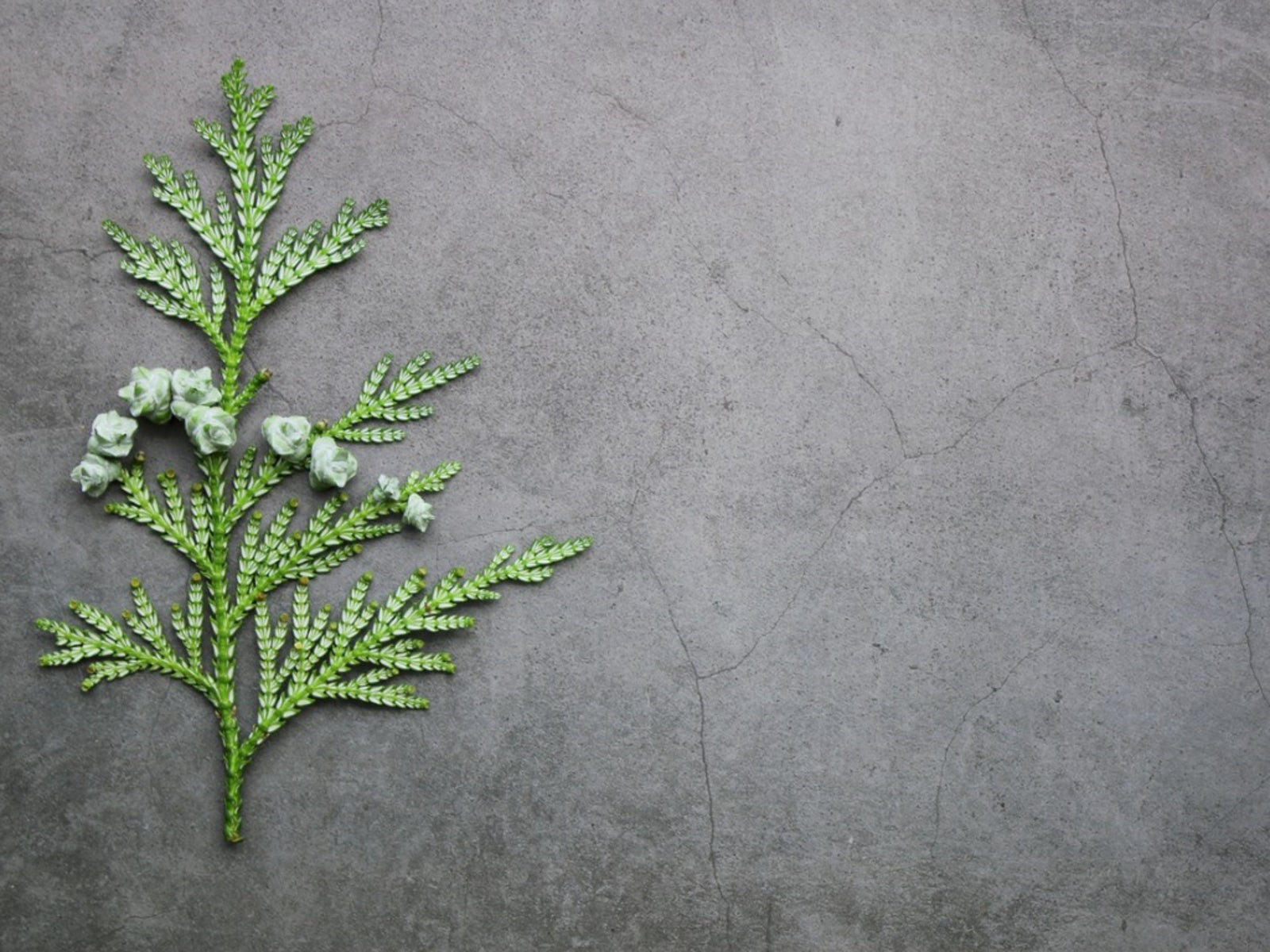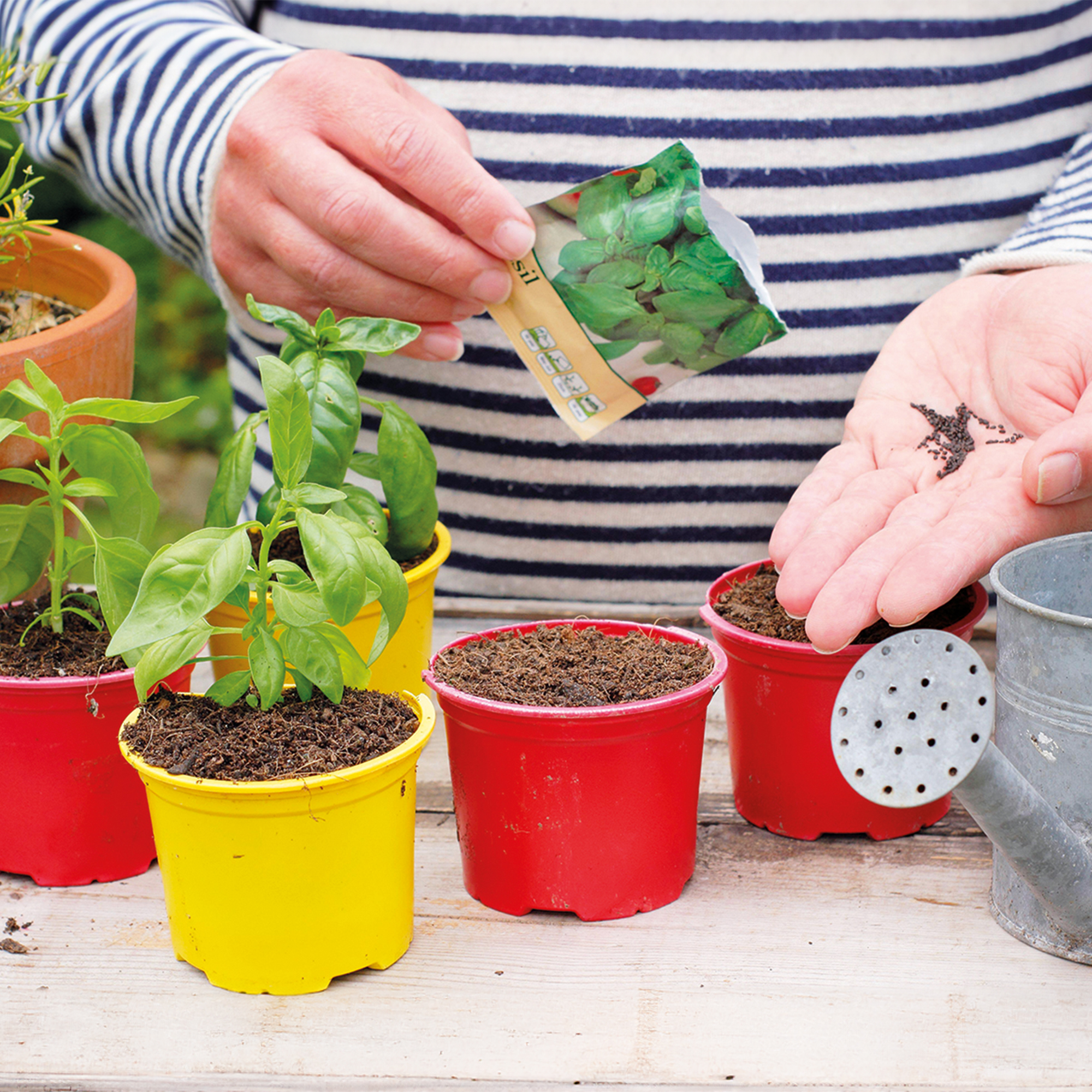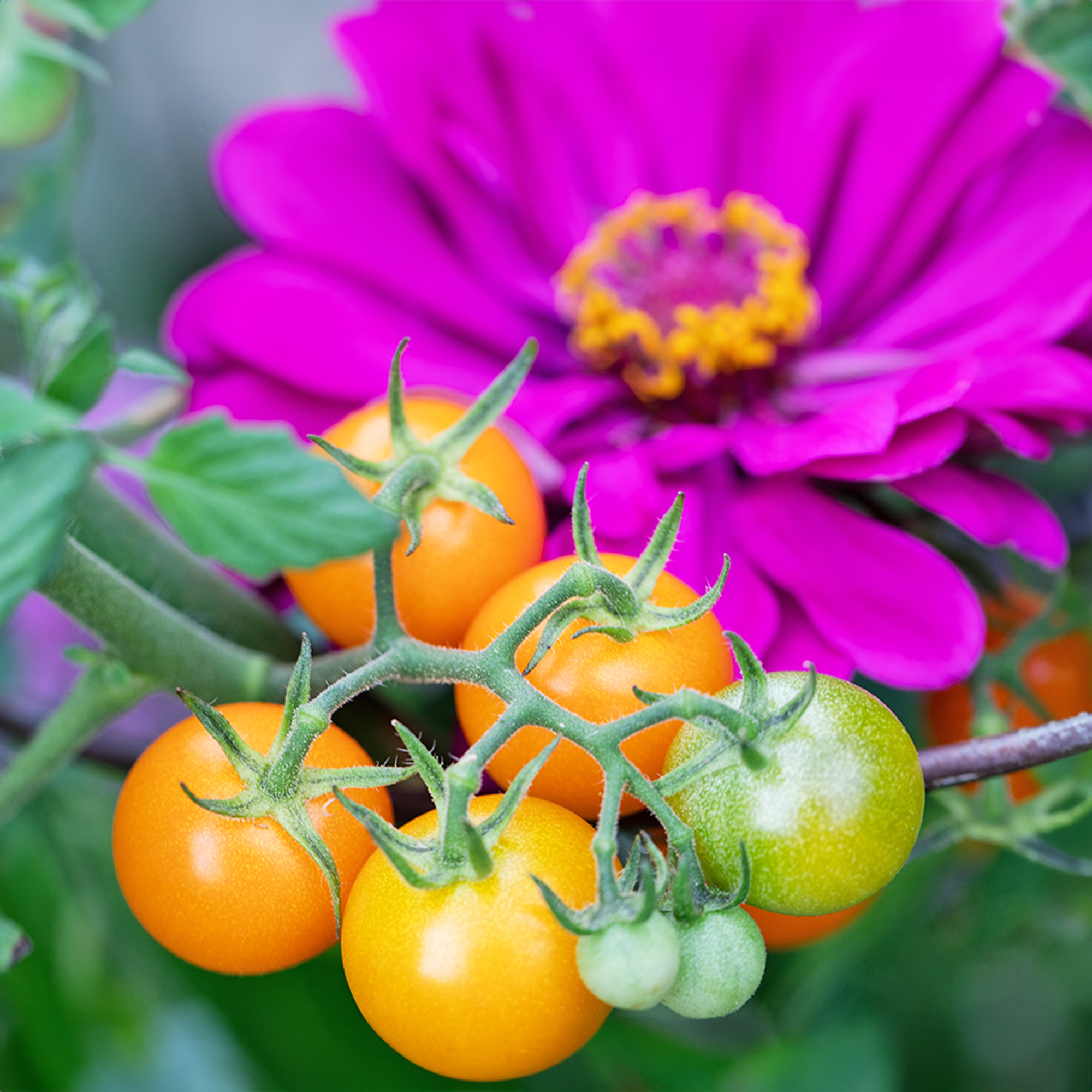Japanese Elkhorn Cedar: Tips On Growing An Elkhorn Cedar Plant


The elkhorn cedar goes by many names, including elkhorn cypress, Japanese elkhorn, deerhorn cedar, and hiba arborvitae. Its single scientific name is Thujopsis dolabrata and it is actually not a cypress, cedar, or arborvitae. It’s a coniferous evergreen tree native to the wet forests of southern Japan. It doesn’t thrive in all environments and, as such, it’s not always easy to find or keep alive; but when it works, it’s beautiful. Keep reading to learn more elkhorn cedar information.
Japanese Elkhorn Cedar Information
Elkhorn cedar trees are evergreens with very short needles that grow outward in a branching pattern on opposite sides of the stems, giving the tree an overall scaled look. In summer, the needles are green, but in autumn through winter, they turn an attractive rust color. This happens to varying degrees based on variety and individual tree, so it’s best to pick yours out in autumn if you’re looking for a good color change. In spring, small pinecones appear on the tips of the branches. Over the course of the summer, these will swell and eventually break open to spread seed in the autumn.
Growing an Elkhorn Cedar
The Japanese elkhorn cedar comes from wet, cloudy forests in southern Japan and some parts of China. DUe to its native environment, this tree prefers cool, humid air and acidic soil. American growers in the Pacific Northwest tend to have the best luck. It fares best in USDA zones 6 and 7, though it can usually survive in zone 5. The tree suffers easily from wind burn and should be grown in a sheltered area. Unlike most conifers, it does very well in shade.
Gardening tips, videos, info and more delivered right to your inbox!
Sign up for the Gardening Know How newsletter today and receive a free copy of our e-book "How to Grow Delicious Tomatoes".

The only child of a horticulturist and an English teacher, Liz Baessler was destined to become a gardening editor. She has been with Gardening Know how since 2015, and a Senior Editor since 2020. She holds a BA in English from Brandeis University and an MA in English from the University of Geneva, Switzerland. After years of gardening in containers and community garden plots, she finally has a backyard of her own, which she is systematically filling with vegetables and flowers.
-
 How To Grow Seeds Quickly: 8 Expert Tricks For Fast Flowers & Crops
How To Grow Seeds Quickly: 8 Expert Tricks For Fast Flowers & CropsIt's never too late to start growing! Jump-start your flower or vegetable garden with these pro tips and tricks for germinating seeds in record time.
By Amy Grant
-
 8 Perfect Flowers To Plant With Tomatoes To Boost Yields & Banish Pests
8 Perfect Flowers To Plant With Tomatoes To Boost Yields & Banish PestsDon’t forget flowers when choosing companion plants for your tomato beds or pots. These pretty, fragrant blooms add beauty but are also highly beneficial.
By Mary Ellen Ellis